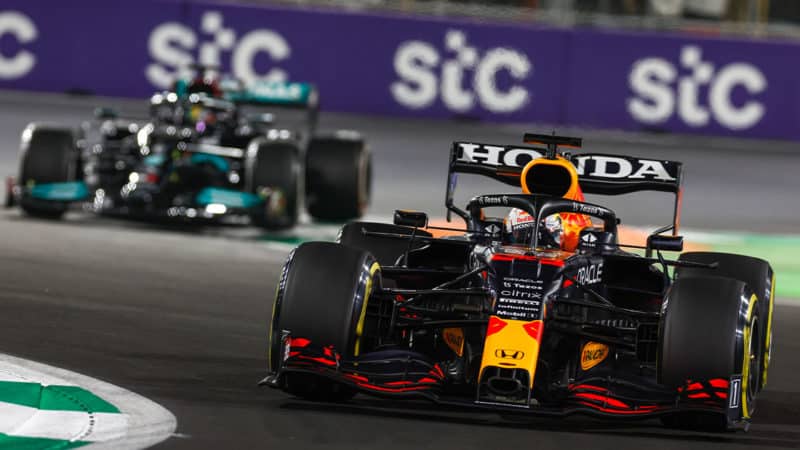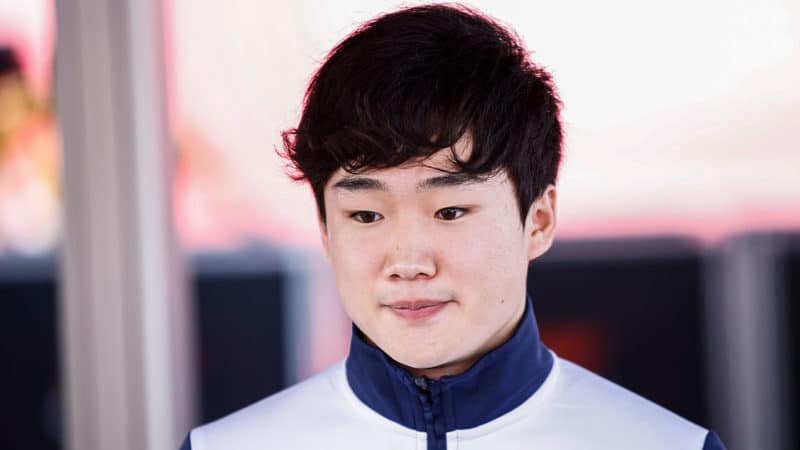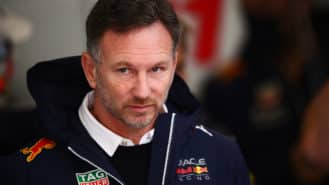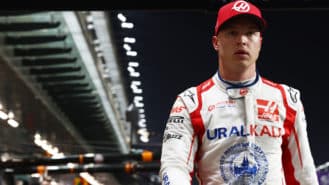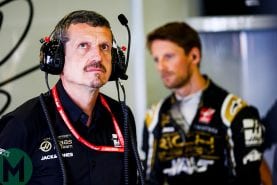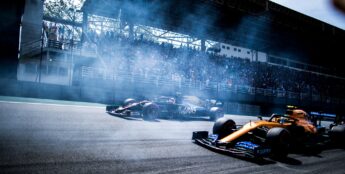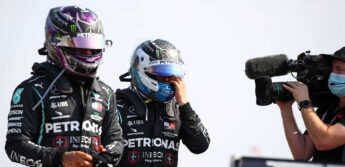“When I have workouts, it just ruins my whole day,” he moans. Finally, an F1 driver we can relate to! No ‘I’m so focused on reaching my ultimate goal etc, etc’ here.
Juvenile as it might seem, the look on team boss Franz Tost and co’s faces when Yuki pulls stunts like describing the precise nature of his toilet trips is priceless when occurring in the corporate, straight-faced world of F1.
Reliable Netflix fodder Guenther Steiner and his Haas team deliver once more, but this time the spotlight is on the team’s controversial driver Nikita Mazepin.
We won’t give too much away, but friction between driver and team come to such a head earlier on that Steiner is left to exclaim “F*****g hell! That’s why people hate you!” on the pit wall.
Disappointingly, not addressed is Mazepin’s alleged sexual harassment incident which the Russian driver filmed live himself on Instagram at the end of 2020. Rather similar to Hamilton’s Black Lives Matter stance being largely swept under the carpet in the previous season, but even more so.
Also fascinating is the clear lack of love between Lando Norris and Daniel Ricciardo early on at McLaren. One does impressions of the other in private, whilst their team-mate makes barbed comments dripping with sarcasm towards their counterpart in media briefings.
However, the interest seems to run dry elsewhere.
More access is given to Mercedes and Ferrari, particularly the former, but it appears this may have diluted the drama, not boosted it.
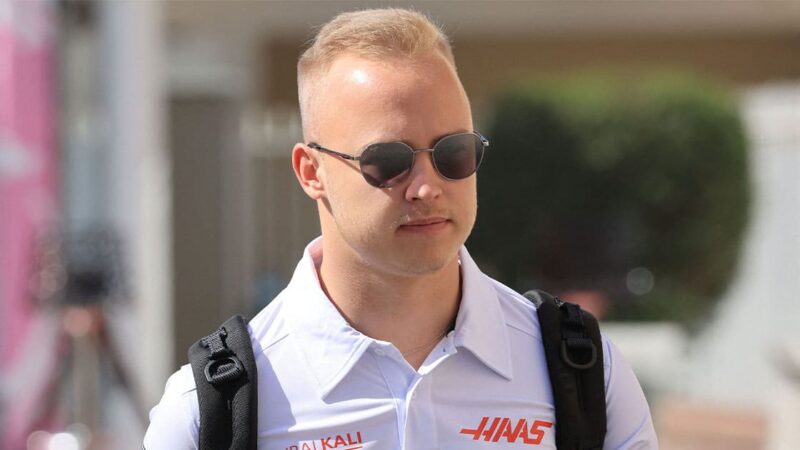
Mazepin: not fast, nor making fast friends
GIUSEPPE CACACE/AFP via Getty Images
The ’21 title fight is covered – minus Verstappen, who said he was tired of the series’ “fake storylines” – but all it seems to amount to is treading over ground we’ve already seen, plus a few more swear words.
When Netflix was focused on just one episode per series for Merc and Ferrari, it honed in on a particular aspect of their respective seasons, whereas now the drama feels spread a bit thin.
For the Silver Arrows, Series 2’s yield was the disastrous 2019 German GP which left Wolff almost crying into his Mercedes 125th year anniversary commemorative flat cap, and 2020 saw Valtteri Bottas admitting just how hard it was accepting he’d met his match and then some in Hamilton – that he might as well just give up and go home.
